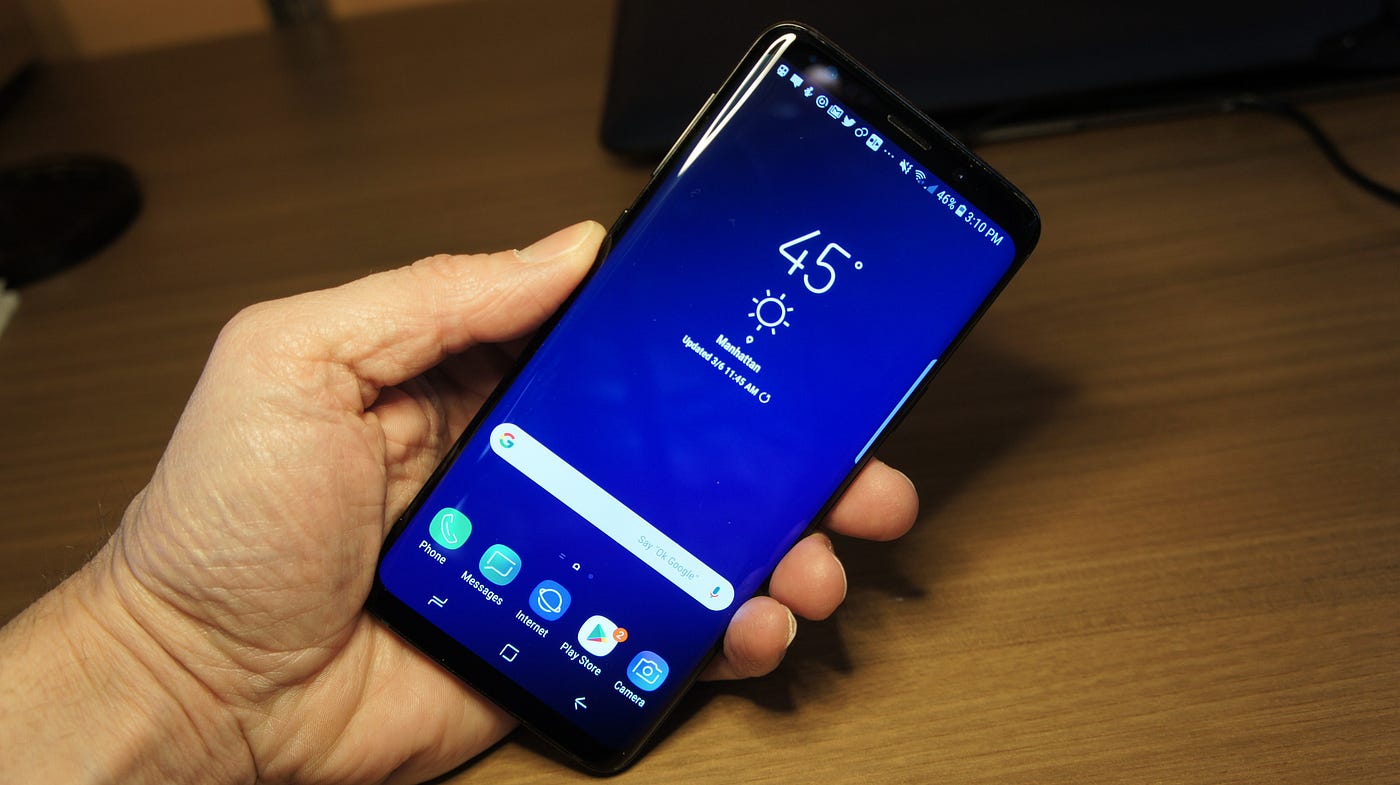
History of Updates
Early Updates
The Samsung Galaxy S9 launched with Android Oreo (8.0), providing a solid foundation. As new Android versions released, Samsung updated the Galaxy S9 to keep it relevant. The transition from Android Oreo to Android Pie (9.0) brought significant improvements in performance and security.
Android 10 Update
The final major update for the Galaxy S9 was Android 10, released in March 2022. This update included various bug fixes, performance enhancements, and security patches. It marked the end of major Android updates for the Galaxy S9 series.
Current Status
End of Official Updates
The Galaxy S9 no longer receives official Android updates from Samsung. Users will not see new features or security patches beyond what was included in the Android 10 update. The device has reached its end of life in terms of firmware upgrades and security patches.
Security Patches
Although major updates have ceased, occasional security patches may still be available. These patches address critical security vulnerabilities, ensuring the device remains somewhat secure. However, they are limited in scope and do not include new features or significant performance enhancements.
Implications for Users
Lack of New Features
Users will not enjoy the latest Android features or enhancements that come with newer versions. This can be frustrating for those who rely on their smartphones for various tasks and want the latest functionality.
Security Concerns
While occasional security patches may still be available, comprehensive security updates have ended. Any vulnerabilities discovered after the last update will not be addressed, potentially leaving the device more susceptible to attacks.
Compatibility Issues
New apps and services often require the latest version of Android to function properly. Users of the Galaxy S9 may find that certain apps or services are incompatible due to outdated software.
Alternatives for Users
Upgrading to a New Device
Upgrading to a newer Samsung device still receiving regular updates is the most straightforward solution. This provides access to the latest Android features, security patches, and performance enhancements.
Third-Party ROMs
Exploring third-party ROMs (Read-Only Memory) is another option. These community-driven ROMs offer custom updates and features not available through official channels. However, caution is advised when installing third-party software as it can potentially compromise device security.
Final Thoughts
The Samsung Galaxy S9 was a powerful and feature-rich smartphone when first released. However, its time in the spotlight has ended. With no further official updates planned, users must consider their options carefully. Whether upgrading to a new device or exploring alternative solutions like third-party ROMs, choices are available for those wanting to continue enjoying the latest technology.
Understanding the history and current status of the Galaxy S9's updates helps users make informed decisions about their next steps.
